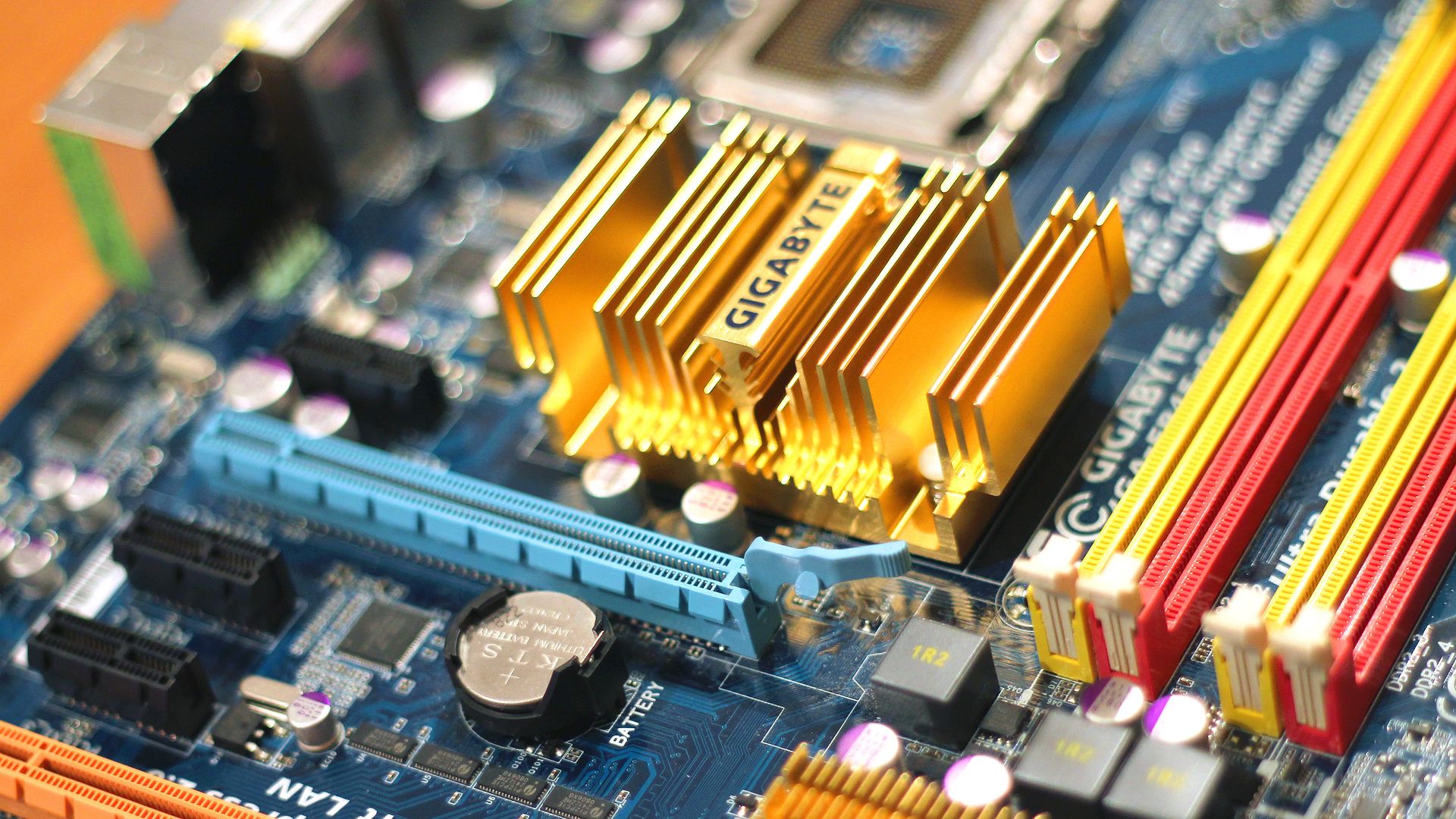Transition to OpenSearch
Rocco Gagliardi

Imagine a sex toy talking with an application on the phone, adjusting mechanical parameters in accordance with the personal profile stored, or based on FB Likes, or using a playlist of mechanical movements, controlled sounds, lights, and smells, or even a json stream of parameters from a remote controlled application (by another sex toy?) on another continent. Today, reading The velvet underground is like reading about Brontosaurus (not Brontobytes … that’s the future again). Teledildonics were described by Isaac Asimov, in his 1957 novel The Naked Sun the planet Solaria practiced it.
This may be a vision (aside the more conventional refrigerator, messaging about the milk expiration date) of how things may interact over internet, and may become one of the real driving force for development and refinement of technologies still in its infancy.
The Internet is approaching the second revolution, becoming the Internet 2.0. Sex is approaching the 4th revolution, becoming Sex 4.0: we are light-years behind.
Many technologies are converging, new computation models (not just quantum computing, but as example the HP memristor based devices (The Machine), which promises, with the new memory paradigm, a more efficient computing), power efficient devices and transmission protocols, new types of batteries, OTA recharging and much more.
Powerful computers in our pockets, glasses to augment our reality, small sensors to measure position, acceleration, pulse, pressure, humidity and a lot of other environmental parameters. All these things are going to communicate with a central entity or with the neighbouring device that collects data, interprets it and reacts in some manner. The exponential growth of sensors, physical and virtual, will provide smart machines with more perception and context of the physical world; every one of these things may become autonomous, acting and reacting to its neighbour’s needs or capability, becoming a distributed cognitive (dare I say intelligent?) system.
My generation (I was born in the year of the Man on the Moon, Internet and El Primero) has been illuminated by only one Sun, and our mantra was The Network is The Computer. The Internet is defined more by what you can do than what it does.
The Internet of Things (IoT) suffers from similar confusion. The big information players are pushing out vision statements trying to define the IoT:
Where is the IoT? Where are all these devices? They are part of the fabric of everyday life. In fact, you own many of them! Recent cars use more than 100 processors. Smart devices pervade industrial systems, hospitals, houses, transportation systems, and more. Today, these systems are weakly connected, but that will quickly change. By 2020, we will have around 33 billions (+/-25%) inter-connected devices! Not the proportion of Solaria (10K robots per human), but a huge number, growing at huge rate.
This spectacular prospective is an evolution of decades of tests and failures, unstable and buggy hardware and software. But this ecosystem evolves (giving our genes another kind of armor, using Dawkins’s words) and in this constellation we found some old friends that are foundations (with all the known and unknown problems) of this new world, exposing their weakness to a growing audience.
Recalling the initial example, the idea is pretty easy: at least two people want to interact, regardless from their location.
The implementation is a little bit harder: we need power sources, step motors, Bluetooth sender/receiver, application servers, WIFI APs, Internet access, a lot of protocols for the communication of the devices status and for the commands to act/react, GUIs and APIs and much more.
That’s just for our use-case; now think of the thousands of possible use cases. There are a lot of things going on around us.
What are the basic requirements of a framework?
We could simply depict a model with the following actors:
| Source | Transport | Network | Connection | Host | Recipient |
|---|---|---|---|---|---|
| Sensors | Short-range | Identity Mgmt | Internet | Servers | Human |
| Smart Devices | Medium-Range | Information | PtP | Corp.Network | Process |
| Gateways | Long-range | - | Other | Acc.Control | Automation |
| - | Non-wireless | - | - | - | - |
There are plenty of technologies involved in the IoT, hard and soft. The following high level overview might seem a bit confusing – remember: we are talking about a well defined thing named Internet of Everything, =I!Web (Same internet, not same Web, Industrial Internet …) – but cites only a small number of all the acronyms existing under the IoT umbrella.
These protocols are widely adopted and have many implementations, claim to be real-time and connect thousands of devices. And it’s true, depending on how you define real time, things, and devices.
The OSI model should give a birds-eye view of what we are talking about.
The PHY/MAC Layer contains basic networking hardware transmission technologies. Due to the plethora of available hardware technologies with widely varying characteristics, this is perhaps the most complex layer.
Key protocols players in this layer:
Others: WirelessHart, DigiMesh, ISA100.11a, ANT, EnOcean, Dash7, Thread, Weightless
Others: SMCP, ROLL, Mihini/M3DA, DDS, LLAP, LWM2M, SSI, IOTDB, Reactive Streams, SensorML, Semantic Sensor Net Ontology, IPSO Application Framework, OMA LightweightM2M v1.0, Wolfram Language – Connected Devices, Content-Centric Networking, Telehash, Time Synchronized Mesh Protocol
ZigBee is a low-cost, low-power, wireless star, tree and generic mesh network standard (based on an IEEE 802.15.4 for low-rate WPANs) targeted at wide development of long battery life devices in wireless control and monitoring applications. The specification includes four additional key components:
Zigbee devices have low latency, which further reduces average current and are typically integrated with radios and with microcontrollers, and have between 60 and 256 KB flash memory. Typically used in low data rate applications that require long battery life and secure networking, has a defined rate of 250 kbit/s, best suited for intermittent data transmissions from a sensor or input device.
ZigBee is the only open, global wireless standard to provide the foundation for the Internet of Things by enabling simple and smart objects to work together, improving comfort and efficiency in everyday life.
The IoT refers to a wide range of devices, ranging from the 8-bit, tiny memory, low power up to the powerful smartphones. Traditional OSes or specialized firmware for sensors are both unable to fulfill the basic requirement of these new device classes.
An OS for the IoT should have:
Refer to Operating Systems for the IoT – Goals, Challenges, and Solutions for a discussion about the OS for the IoT.
The most interesting Operating System for the IoT devices:
Others: Brillo, Mantis, Nano-RK, LiteOS, FreeRTOS, Thingsquare Mist, Saphire
The IoT will be everywhere, from the refrigerator to the shoe sole. A lot of different people will be faced with the programming of such devices, and not all have C++ experience. New easy and intuitive interface are required, and here some projects:
Input interfaces are fundamental for a human-machine interaction. The IoT devices are very small, with tiny or inexistent screen, without keyboards or even buttons. Interacting in a Natural Language with these devices is the only praticable way.
Apart from Siri or Google Search, there are other services that translate the human language to program actions: Wit.AI enables not only the maker of the device, but also its ecosystem of developers, to build their must-have voice interface.
IoT will have a huge impact on our lives, in a relative small period of time. New and old technologies are mixing to make the IoT work, things are moving fast. Our challenge is to remain technologically updated and explore the possibilities and problems these new things will give us.
Our experts will get in contact with you!

Rocco Gagliardi

Rocco Gagliardi

Rocco Gagliardi

Rocco Gagliardi
Our experts will get in contact with you!